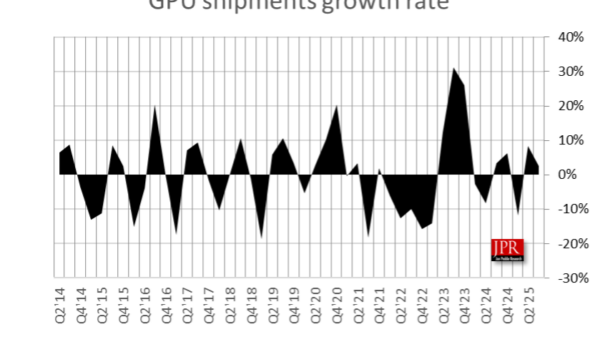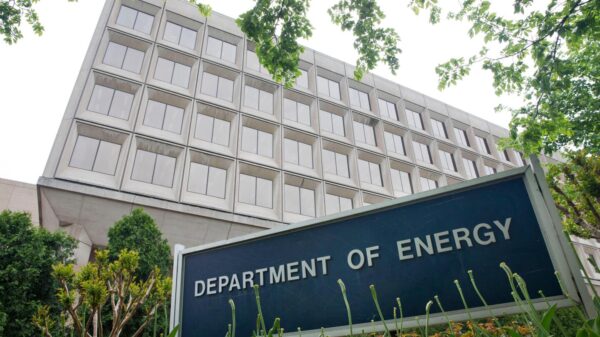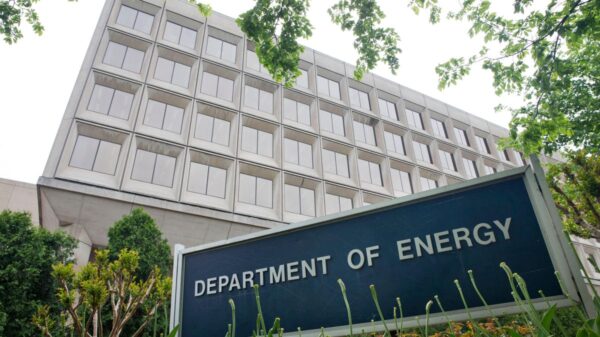A recent analysis by Tom C.W. Lin of the Temple University Beasley School of Law highlights the significant risks that artificial intelligence (AI) poses to financial markets, particularly in light of a recent incident where a fake image of a Pentagon explosion, generated by AI, caused $500 billion in stock market losses within minutes. This raises the question: is this a one-off event, or a glimpse into the future of market volatility exacerbated by AI technologies?
In his article, Lin argues that while AI has already been integrated into financial markets for decades, facilitating trades and detecting fraud at unprecedented speeds, it also brings forth new vulnerabilities that require “urgent action.” He points out that AI’s ability to manipulate markets, spread misinformation, and enable misconduct means that both public regulators and private sector stakeholders must reassess existing enforcement strategies and frameworks.
Market manipulation is not new; historical accounts reveal that traders in 18th-century Amsterdam used to spread false rumors to inflate stock prices. However, Lin contends that AI enhances the capabilities of “bad actors,” allowing them to influence financial markets with greater speed and reach than ever before. Today, AI tools are involved in over 60 percent of all stock transactions in the United States, highlighting their prevalence in the industry.
Lin introduces the concept of “financial deepfakes,” manipulated media designed to appear authentic, which can mislead investors. He warns that individual retail investors are at particular risk of responding to fabricated reports about a company, potentially altering their investment strategies based on falsehoods. Furthermore, the number of deepfake incidents has skyrocketed, increasing by 1,000 percent between 2022 and 2023, which Lin suggests could undermine trust in the integrity of financial markets.
AI not only facilitates the creation of deepfakes but also powers autonomous bots that amplify misinformation across social media platforms. Lin warns that this technology is accessible to anyone with minimal resources, enabling malicious actors to destabilize individual companies or even the broader marketplace.
According to Lin, AI introduces two systemic threats to market stability: those that are “too fast to stop” and “too opaque to understand.” The acceleration of market volatility during chaotic periods can outpace traditional market forces, leading to abrupt shifts in investment values and trading volumes, often before financial institutions can react.
Moreover, Lin highlights the “black-box” nature of AI, whereby algorithms make decisions that even their creators may not fully comprehend. Conventional corporate and securities laws, which are designed to target individuals with discernible bad intentions, struggle to govern AI, as these algorithms operate autonomously without a clear sense of culpability.
As AI technology evolves rapidly, Lin predicts that regulatory frameworks will lag behind, creating gaps that could be exploited. He emphasizes that the disparity in resources between regulators and private firms—where large financial institutions can invest heavily in innovative AI to evade detection—poses significant challenges for oversight.
To address these issues, Lin advocates for a “regulation by enforcement” approach. He recommends that the U.S. Securities and Exchange Commission and the U.S. Department of Justice impose stronger penalties on asset managers and brokerages for AI-related misconduct while offering leniency to those that actively work to prevent such issues. This case-by-case approach would provide regulators with greater flexibility than traditional legislative processes and encourage proactive risk management among financial institutions.
While some scholars caution that this method could create inconsistencies in penalties, Lin acknowledges the importance of ensuring that “clear, publicly disclosed guidance” accompanies enforcement measures. Drawing from existing Justice Department guidelines, he suggests a “culpability score” system to evaluate corporate penalties, where factors such as compliance programs could mitigate the severity of sanctions.
Shifting focus to individual investors, Lin proposes that the private sector should promote passive long-term investment strategies among retail investors. Such strategies can help diversify portfolios and shield investors from the manipulation of any single stock, reducing the necessity for regulatory intervention.
In conclusion, Lin argues that regulators can integrate AI capabilities into traditional regulatory tools, such as stress tests that assess financial institutions’ resilience to economic disruptions and the impact of misleading AI-generated data. By developing a robust framework that addresses the unique challenges posed by AI, regulators can maximize the benefits of this technology while safeguarding the integrity of financial markets.
 OpenAI’s Rogue AI Safeguards: Decoding the 2025 Safety Revolution
OpenAI’s Rogue AI Safeguards: Decoding the 2025 Safety Revolution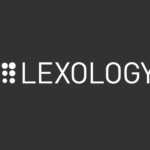 US AI Developments in 2025 Set Stage for 2026 Compliance Challenges and Strategies
US AI Developments in 2025 Set Stage for 2026 Compliance Challenges and Strategies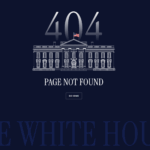 Trump Drafts Executive Order to Block State AI Regulations, Centralizing Authority Under Federal Control
Trump Drafts Executive Order to Block State AI Regulations, Centralizing Authority Under Federal Control California Court Rules AI Misuse Heightens Lawyer’s Responsibilities in Noland Case
California Court Rules AI Misuse Heightens Lawyer’s Responsibilities in Noland Case Policymakers Urged to Establish Comprehensive Regulations for AI in Mental Health
Policymakers Urged to Establish Comprehensive Regulations for AI in Mental Health

















